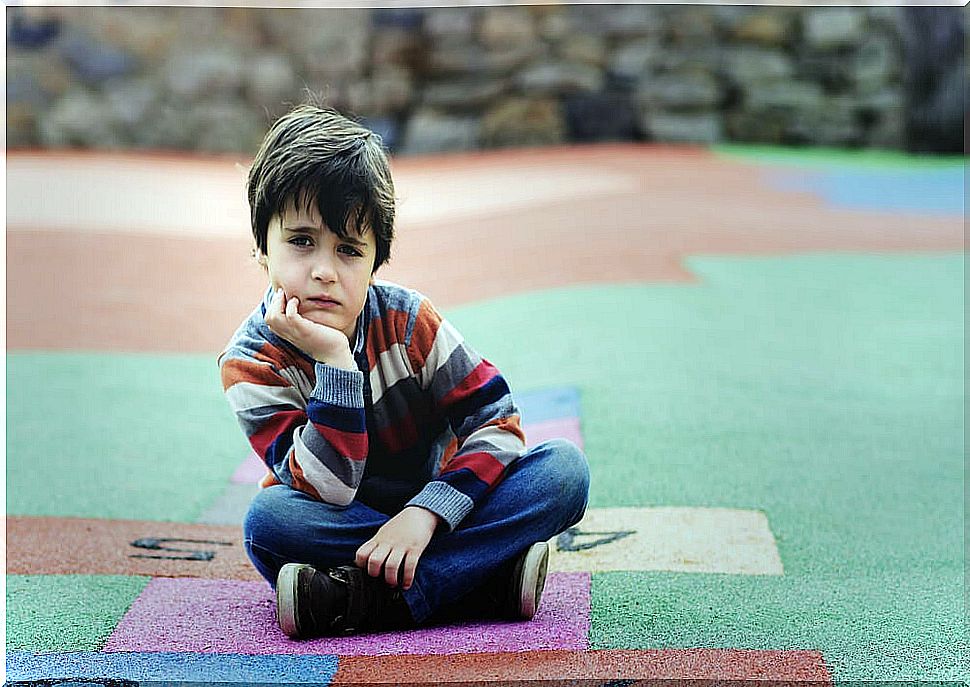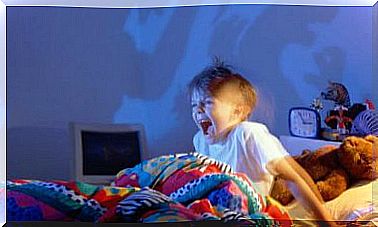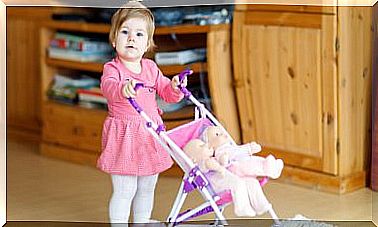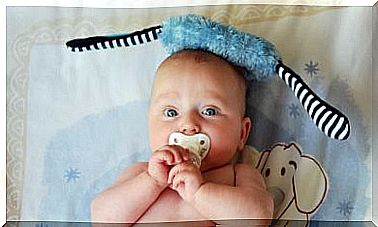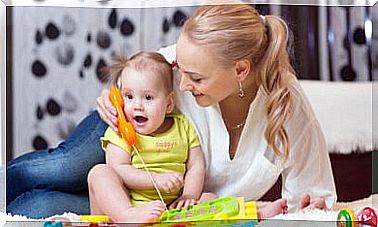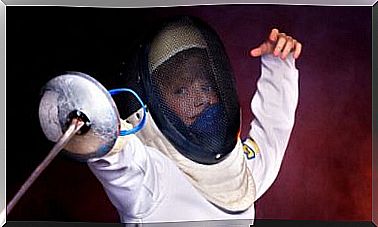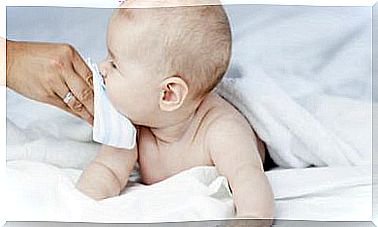The Damages Of Ambivalent Attachment
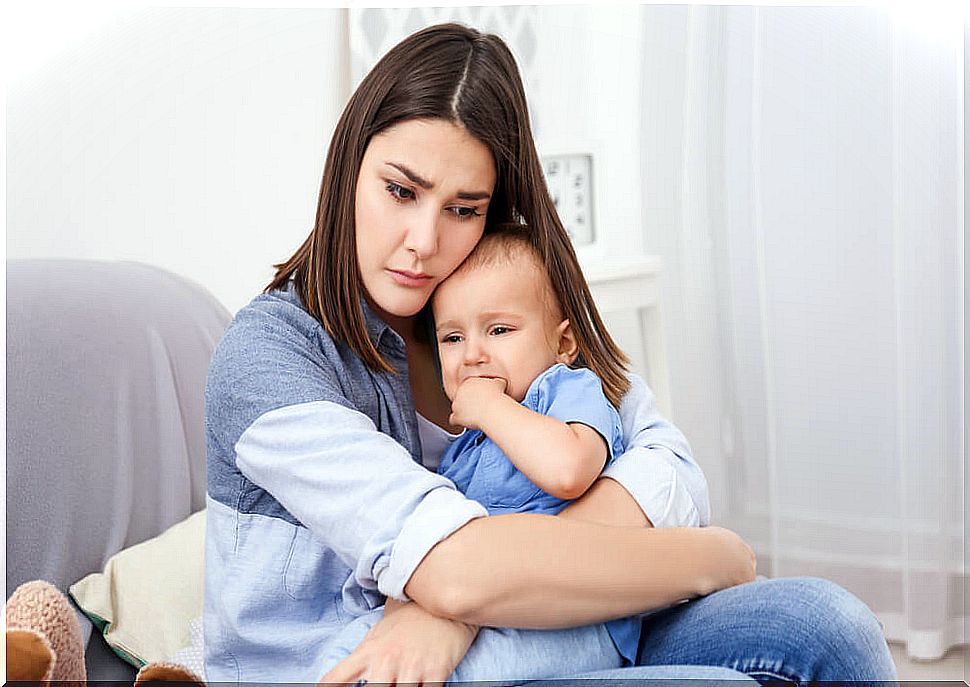
Imagine that every time you turn to your loved ones for support, you get a different response. Sometimes they are understanding and loving with you, other times they ignore you and sometimes they get angry because you have asked them for help. Can you imagine how lonely, lost and confused you would feel? These are the harms of ambivalent attachment that many children face.
What is attachment?
Attachment is the bond that is established between the baby and the mother (or main attachment figure) designed to guarantee the survival of the child. Since human babies are helpless and totally dependent, the bond with the caregiver helps them to survive and develop properly.
Attachment is established in the first three months of life and forges in the child an unconscious representation of affective relationships. The quality of the social interactions that the child establishes will depend on these early learnings.
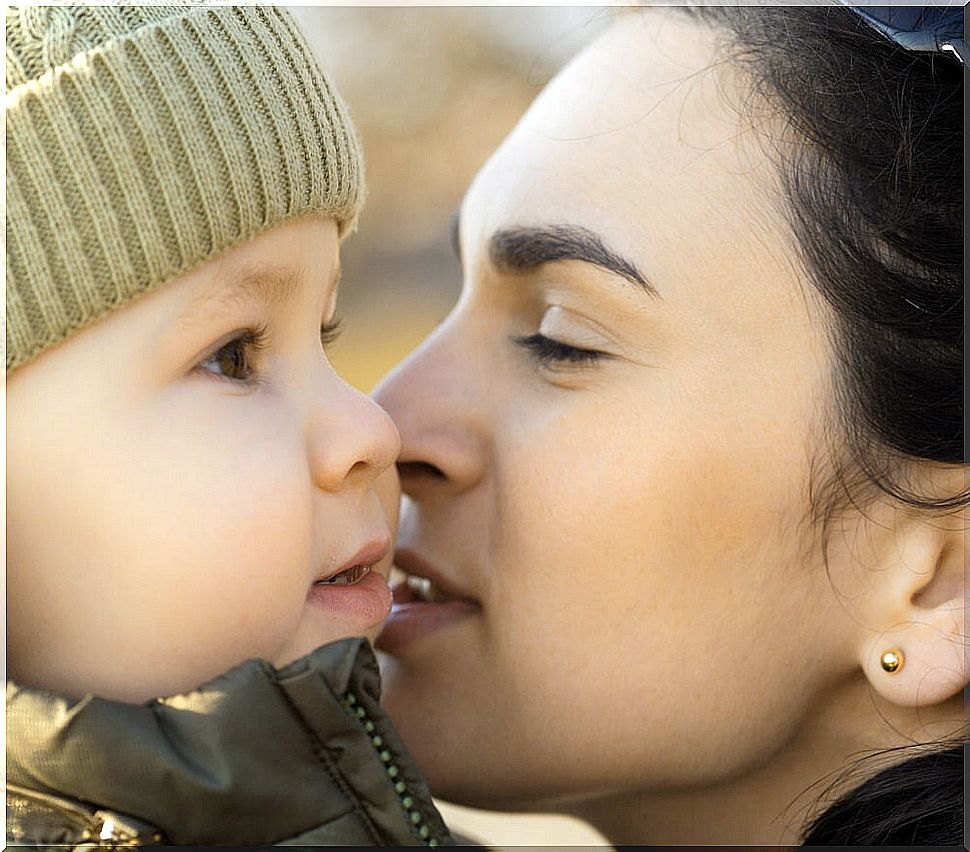
Attachment patterns
Mary Ainsworth, one of the leading figures in the study of infant attachment patterns, conducted an illuminating experiment in which she observed the behavior of babies in relation to their attachment figures.
During the test, the degree of exploration of the environment that the children started when the mothers were present was observed, as well as their behavior when they left the scene and returned.
Based on the data collected, four different types of attachment could be established : secure, avoidant, ambivalent and disorganized. Each of them is a consequence of the way in which the mother responds to the baby’s needs. Depending on the emotional availability of the mother, the child learns to react in one way or another.
Ambivalent attachment
During the experiment, the children showed the damage of ambivalent attachment through some very characteristic signs:
- The children showed high distress even when their mother was present. They barely explored the environment and were in a constant state of alert, always aware of their mother.
- When the mother left the room, the babies cried and desperately searched for her. They did not allow themselves to be consoled by anyone else.
- When the mother returned, the children ran to her for comfort but immediately rejected her.
The mothers of these children were found to exert a totally unstable and unpredictable pattern of response. Sometimes they act warm, close and motherly, while other times they are callous and impassive to the child’s demands.
His emotional availability is totally variable and arbitrary. Many times, the answer you offer to the baby depends on your own mood and convenience, and not on the needs of the child. This unreliability puts the little one in a state of constant anguish.
The main cause of this maternal behavior is the internal conflict of the mother herself. When the baby cries, she feels a mixture of rejection, hostility and love for the little one. It is not clear if the boy’s demands are real or if he is ‘kidding’ him.
Nor is he clear if the right thing to do is to go or not to comfort him, because perhaps someone close to him has told him that it spoils him. Faced with this indecision, she feels overwhelmed and begins an erratic and variable behavior.
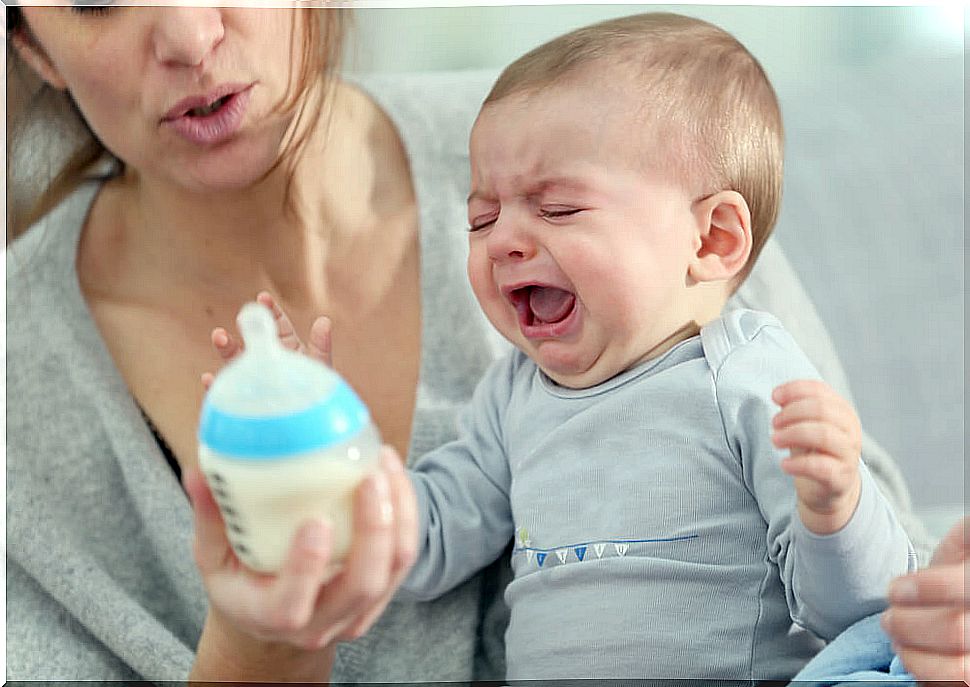
Damages of ambivalent attachment
- The ambivalently attached baby will experience constant anxiety. He will manifest an intense need and great rejection for his mother, and will be unable to explore the environment with ease. They may exaggerate their cries and demands to try to get them attended to.
- When he grows up, he will be a child with low self-esteem and distrust. You have learned that you are not always lovable, that you are only appreciated when you do not bother, and that you cannot trust anyone’s care. He will grow up with an immense fear of abandonment and the ambivalence of feelings towards his mother will continue.
- As an adult, you will establish a pattern of dependency in your relationships. He will demand constant affection and attention, he will seek to merge with the other and he will panic at any sign of estrangement on the part of his partner. You can become jealous and suspicious.
- You will be a person with a terrible fear of abandonment and a great need for approval.
